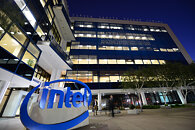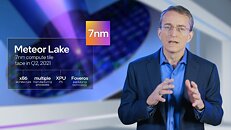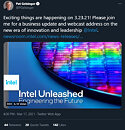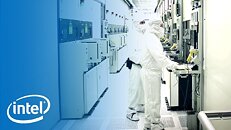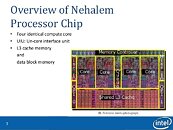
Intel Prospects Europe for a Massive €20 Billion New Fab
Intel is exploring a massive €20 billion ($23.7 billion) manufacturing investment in the European Union that aims to produce "20% of the world's logic chips" by 2030, reports the Financial Times. This is likely to be separate from the company's ongoing investments in Ireland. Intel CEO Pat Gelsinger recently met with the leaders of France and Italy in a bid to "rebalance the semiconductor manufacturing landscape to make supply chains more resilient." Reading between the lines it becomes clear that they are referring to the world's overdependence on Asia, particularly Taiwan, for cutting-edge semiconductor manufacturing.
The location of Intel's new mega-fab remains undecided, as the company is still sitting down with the various EU member states to work out a favorable deal. Regardless of where it lands, the investment would align with the EU's grand-strategy to localize semiconductor manufacturing on a large scale, with the goal of making the EU a net-exporter of semiconductors.
The location of Intel's new mega-fab remains undecided, as the company is still sitting down with the various EU member states to work out a favorable deal. Regardless of where it lands, the investment would align with the EU's grand-strategy to localize semiconductor manufacturing on a large scale, with the goal of making the EU a net-exporter of semiconductors.

